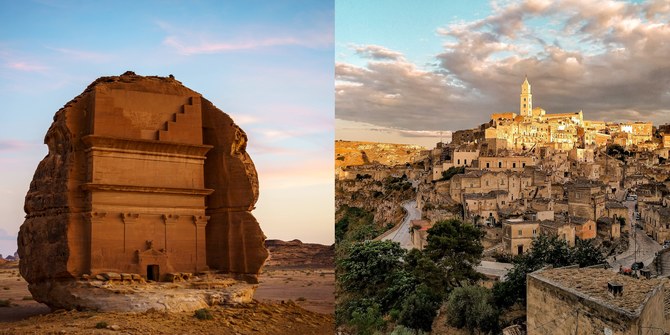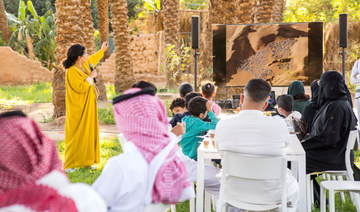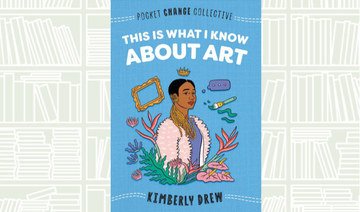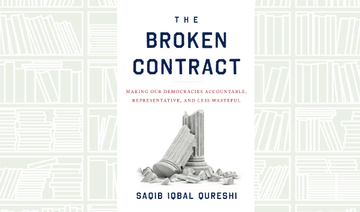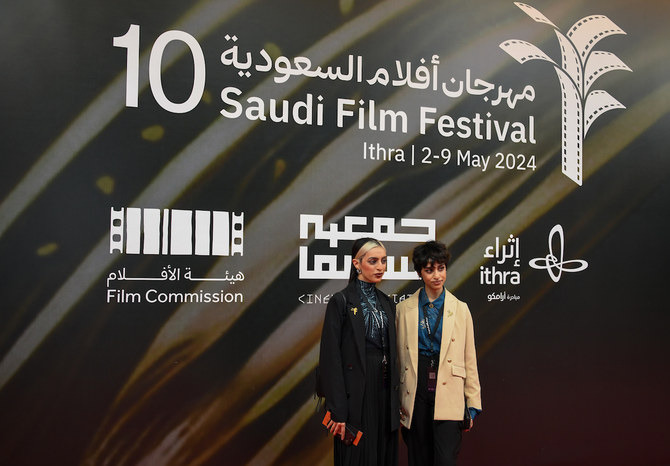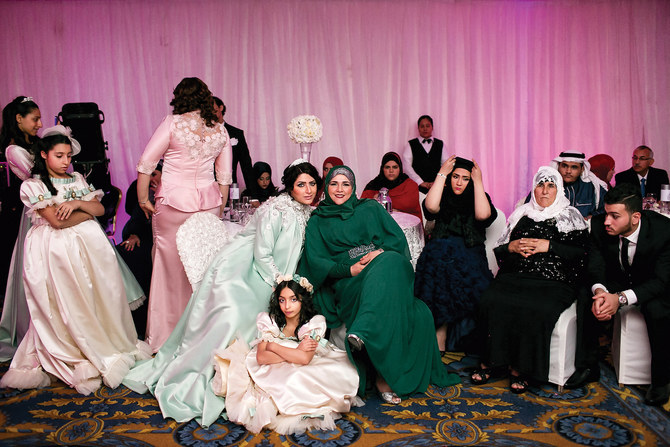RIYADH: Officials from the Royal Commission for AlUla and the Italian city of Matera have inked a twinning agreement aimed at safeguarding and promoting their cultural heritage.
The signing ceremony was held at Sassi di Matera, a UNESCO World Heritage Site in the south of the country.
Matera, best known for its Sassi inhabited caves, celebrated its 30th anniversary as a World Heritage Site this year, while AlUla, home to Hegra, Saudi Arabia’s first UNESCO World Heritage Site, boasts a 2,000-year-old legacy shaped by the Nabataean kingdom.
Under the new deal, the RCU and Matera will collaborate through cultural exchanges, joint initiatives, and knowledge sharing in areas such as cultural preservation, education, economy, and social development.
RCU chief strategy and digital officer, Waleed Al-Dayel, said: “The agreement with Matera supports our efforts to create a global destination in ways that benefit the AlUla community, economy, and environment, provide opportunities for residents of both cities to learn about different cultures, build personal connections, and explore shared challenges and opportunities.
“The partnership will reimagine the ways in which destinations connect the culturally curious to history and heritage, as we continue to share Saudi Arabia’s culture with the world and understand the significance of the Arabian Peninsula in human history,” he added.
Tiziana D’Oppido, a member of the Council for Culture, Tourism, and Events and a Matera city official, said: “The exact date of the 30th anniversary since Matera became a UNESCO World Heritage Site has been the best possible day to highlight the twinning agreement between the Royal Commission for AlUla and the Municipality of Matera.
“The activities calendar that we will carry out in synergy, with a great, mutual collaborative spirit and in compliance with the sustainability objectives of the two destinations in the conservation of their respective UNESCO sites, is ambitious, operational, and rich — culture as an engine of the economy, tourism, cinema, events, design, arts, archaeology, architecture, accessibility, Sassi as a successful urban ecosystem and much more for two geographically distant realities but having many elements in common.
“Matera, European Capital of Culture in 2019, is a case study for the ability to recover the value of a city that the world has long neglected, and which risked being abandoned and forgotten by history, just like AlUla, becoming instead, both a land of redemption and virtuous examples to follow.”
The twinning program is part of a broader agreement between AlUla and Italy. Other initiatives have included a five-day Saudi village cultural gathering at Rome’s Villa Borghese in September, and a partnership with the Cortona on the Move photography exhibition at the AlUla Arts Festival in 2022.
Meanwhile, young Saudis are receiving training in heritage conservation at the Centro Conservazione e Restauro La Venaria Reale, near Turin.



